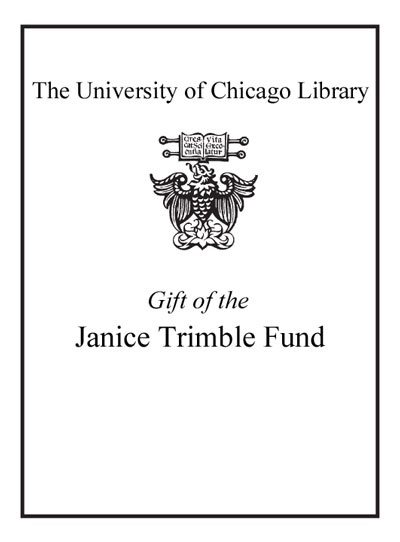Movies, modernism, and the science fiction pulps /
Saved in:
| Author / Creator: | Telotte, J. P., 1949- author. |
|---|---|
| Imprint: | New York, NY : Oxford University Press, [2019] |
| Description: | viii, 192 pages ; 24 cm |
| Language: | English |
| Subject: | |
| Format: | Print Book |
| URL for this record: | http://pi.lib.uchicago.edu/1001/cat/bib/11922307 |
| Summary: | What impact did the new art of film have on the development of another new art, the emerging science fiction genre, during the pre- and early post-World War II era? Focusing on such popular pulp magazines as Amazing Stories, Astounding Stories, and Wonder Stories, this book traces this early relationship between film and literature through four common features: stories that involve film or the film industry; film-related advertising; editorial matters and readers' letters commenting on film; and the magazines' heralded cover and story illustrations. By surveying these haunting traces of another medium in early science fiction discourse, we can begin to see the key role that a cinematic mindedness played in this formative era and to expand the early history of science fiction as a cultural idea beyond the usual boundaries that have been staked out by its literary manifestations and the genre's historians. |
|---|---|
| Physical Description: | viii, 192 pages ; 24 cm |
| Bibliography: | Includes bibliographical references, filmography, and index. |
| ISBN: | 9780190949655 0190949651 9780190949662 019094966X |

